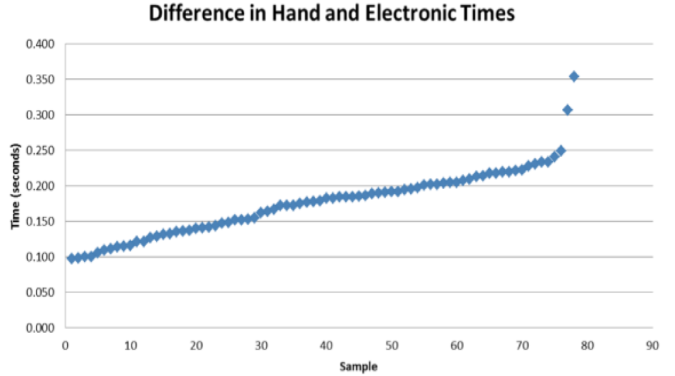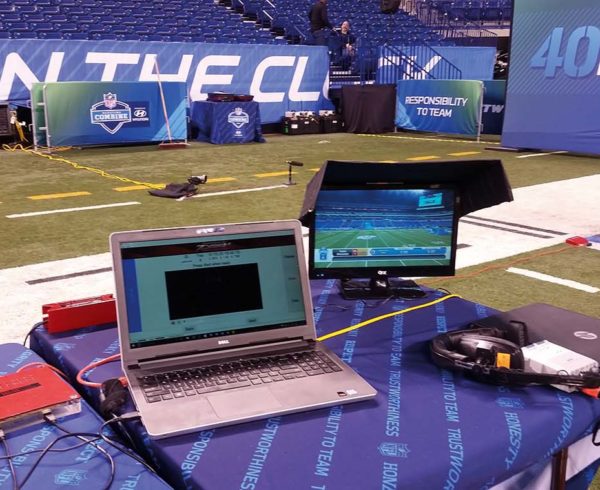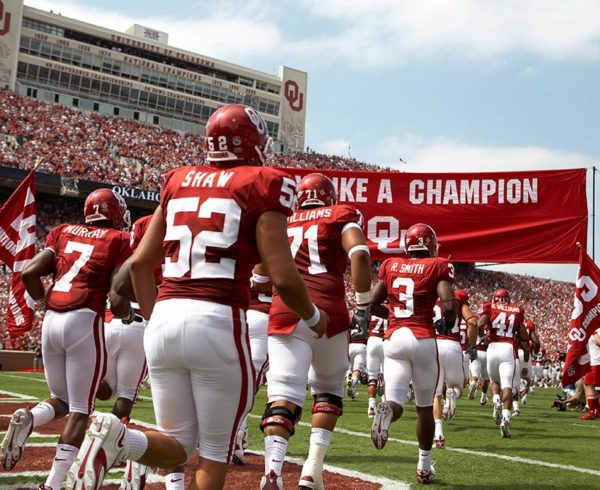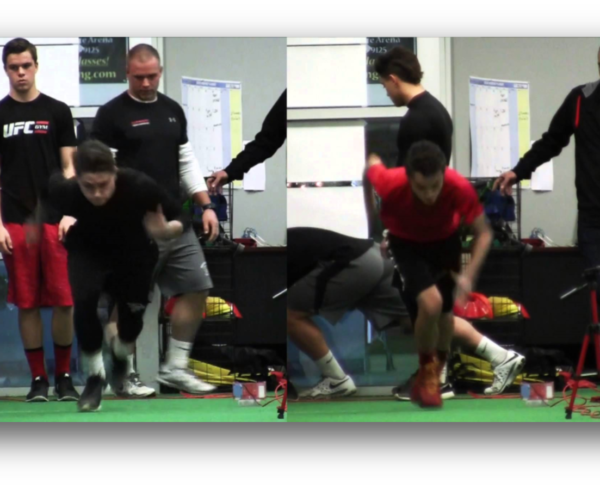In Part 1 of this series, we took a brief look at the differences between stopwatch and fully automated timing, detailing what each procedure entails, and why the resulting times can be far different.
As a refresher:
WHY do they yield different times?
Simply put:
— Hand timing: the coach presses the start button AFTER the athlete starts to run.
— Fully Automated Timing: the time starts AS the athlete starts to run.Put another way, when using a stopwatch, the athlete will always have a ‘head start’ because the coach starts the time after the athlete starts to run. Therefore, the time will always appear to be faster than a fully automated time.
The average time it takes for a coach to press the start button after the athlete begins to run can also vary dramatically based on the human factors (e.g., coaches’ response time, general health, focus, vision, etc.) and even environmental factors (e.g., moisture, ambient light, etc.).
View Full Post
In this Part 2 post, we look more deeply at the actual difference in these times, and break down how we were able to quantify that difference:
Although it is generally acknowledged by professionals that hand-measured times are always “faster” than actual or fully automated times, there have been few disciplined studies conducted to objectively quantify this difference. One possible reason that an objective study has not been completed is the large number of variables that can have a significant effect on the results; these variables include weather conditions, time of day, variance between coaches’ focus level, and much more. To make this data meaningful, we setup the data collection and testing to answer the following question:
WHAT is the difference between hand timing and fully automated timing (F.A.T.) under the best possible testing conditions?
Although “best possible testing conditions” is an inherently subjective qualifier, significant efforts were made to use the same process used in the Standardized Athlete Test (SAT®) for the fully automated timing and use an experienced professional coach under ideal weather conditions.
The FAT system used to measure the electronic time was the exact same equipment and process used at the NFL Scouting Combine since 2011 and several other major events: the Rivals/adiZero Camp Series, U.S. Army All-American Combine, and more. Additionally, the FAT electronics provided by Zybek Sports are tested and fully traceable to the atomic clock located at the National Institute of Standards and Technology located in Boulder, Colorado.
Test Procedure and Setup:
The following procedure was used to determine how much time it takes a coach to press the start button of the stopwatch:
- The coach was provided a fully functioning stopwatch that was tethered to the electronic timer, via wire.
- The fully automated timing system was started using the fully automated timing sensor described above.
- The hand timed timing system was stopped when the coach pressed the start button.
The fully automated timing system was stopped once the athlete crossed the electronic sensor at the 40 yard line as described above.
To measure the difference between the hand time and the FAT, a signal wire was used to connect the stopwatch to an electronic timer. The timer was started when the athlete left the start line and stopped when the coach at the 40-yard line pressed the stopwatch button. This method accurately measures the difference in the coach started time and the fully automated start time without introducing additional variables.
These times were recorded and sorted from the smallest to the largest and illustrated on the following graph:

So — just how different ARE the results between hand and fully automated timing?
As detailed in the previous section, most variables were minimized or eliminated. The timer that measured the difference in the hand time to the FAT was started when the athlete lifted their hand and stopped when the coach at the 40-yard line pressed the button on the stopwatch.
These times were recorded for all athletes on both 40-yard runs. As illustrated in Figure 3, the measured differences between the handheld and the FAT results ranged from 0.10 seconds to 0.26 seconds. Those time differences were evenly distributed between 0.10 and 0.26 seconds, with the average being 0.18 seconds.
From the data collected, it can be concluded that the delay between the hand start and the FAT start (when arranged by magnitude) is evenly distributed between 0.10 and 0.26 seconds.
Therefore, based on this experiment data (and only accounting for human error at the start not the finish line), the average hand timed 40-yard run is 0.18 ± .08 seconds “faster” than a fully automated time.
This was a highly controlled design of the experiment that used the best possible conditions and procedures we believe this data can be considered a valid representation of the minimum error that occurs when hand timing the 40-yard dash. In situations where a testing organization is used that does not have established procedures or highly trained coaches, and near-perfect environmental conditions this data may in fact underestimate the true error that takes place at hand timed test events around the nation.
Upon initial inspection a 0.18 + 0.08 error can appear inconsequential, however, in a sport such as football 1,036,842 million athletes are competing for 73,557 collegiate spots thus making performance-testing data critical in determining an athlete’s future.
For a hyper-competitive field such as football, the difference between a 5.0-second and 4.74-second 40-yard dash can significantly alter an athlete’s attractiveness to coaches and scouts, along with salary implications in the NFL Draft process. Additionally, in order to continue providing NCAA programs with the best prospective athletes, a 0.18 second error bound for the 40-yard dash is evidence enough to encourage standardization in combine testing at the youth and amateur level.
Wrap-Up
Presenting accurate and consistent data from standardized combine testing is increasingly important, as the number of competitors continues to grow and as modern training methods are expanding the bounds of athletic potential.
The error from hand timing results in a minimum of 0.1 to 0.26 second difference from electronic timing. The 0.18 ± 0.08 second variance should be considered if hand timing is being used for ranking athletes.
Nearly eight million students currently participate in high school athletics in the United States. More than 480,000 compete as NCAA athletes, and just a select few within each sport move on to compete at the professional or Olympic level. Minor improvements in an athlete’s score can ultimately inform development and coaching, and can make a large difference in their future.




